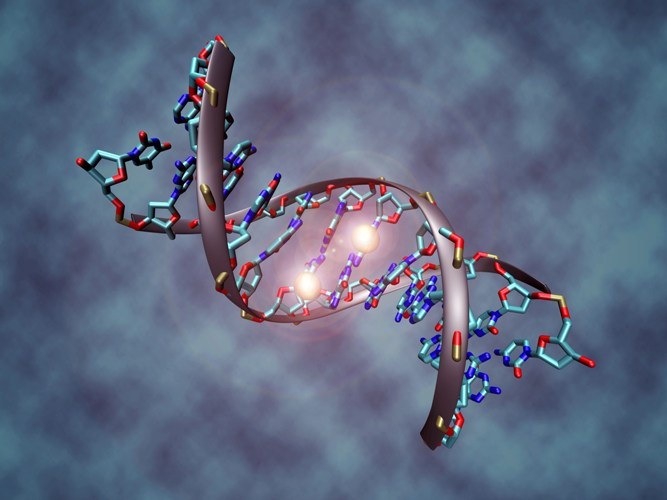Instruction
1
Human body cells contain two DNA-code – for maternal and paternal lines. At conception, the genetic information is blended in a unique combination of characteristics. To predict what DNA in humans is very difficult. Attempts are being made to predict scientists-geneticists, but to provide all the options a person can not yet.
2
In the formation of genetic characteristics of a person be strong and weak genes. Strong genes – dominant. This means that these genes will suppress the expression of weak genes and to determine the manifestation of external signs.
3
Weak genes – recessive, i.e. in the presence of dominant genes, these genes will not determine the external signs. Recessive genes can provide a display of an attribute only in the case that are paired with the same recessive genes.
4
Geneticists have identified the dominant external features of a person. If one of the parents has direct eyes, a Mongoloid type eyes, drooping upper eyelid, long eyelashes, dark eyes, full lips, dimples, freckles, a hooked nose, and dark curly hair – it is likely that the child has these symptoms will manifest.
5
Also to the dominant characteristics are: the so-called "Hapsburg" lip, short skull, round face, prominent cheekbones, aquiline nose, wide nostrils and large ears. Early male pattern baldness, a tendency to premature graying, excessive hairiness of the body and dark skin is also determined by dominant genes.
6
Recessive outward signs may not occur, if one of the parents they are not. If both parents carry the recessive genes, then the child, these signs may be present. To recessive characteristics include: small eyes, Caucasoid eyes, short eyelashes, grey or blue eyes, no freckles, blond or red hair, light skin.
7
A person's appearance is the result of the mixing of many genes. If the father dominant gene of dark hair and the woman has recessive gene of blond hair, most likely, the child will have dark hair. The next generation may have blond hair as a child inherits two genes – dominant dark hair gene and a recessive gene of blond hair. If a recessive gene for blond hair will meet with the same recessive gene at conception, then the baby will be born blonde.
Note
Boys often like her mother, so as to inherit her X chromosome. This chromosome contains a large number of genes responsible for appearance – shape eyebrows, oval face, skin color. The Y‑chromosome that the child receives from the father, not rich in genes responsible for facial features. Girls receive from each parent on the X chromosome, so you can be like father and mother.
